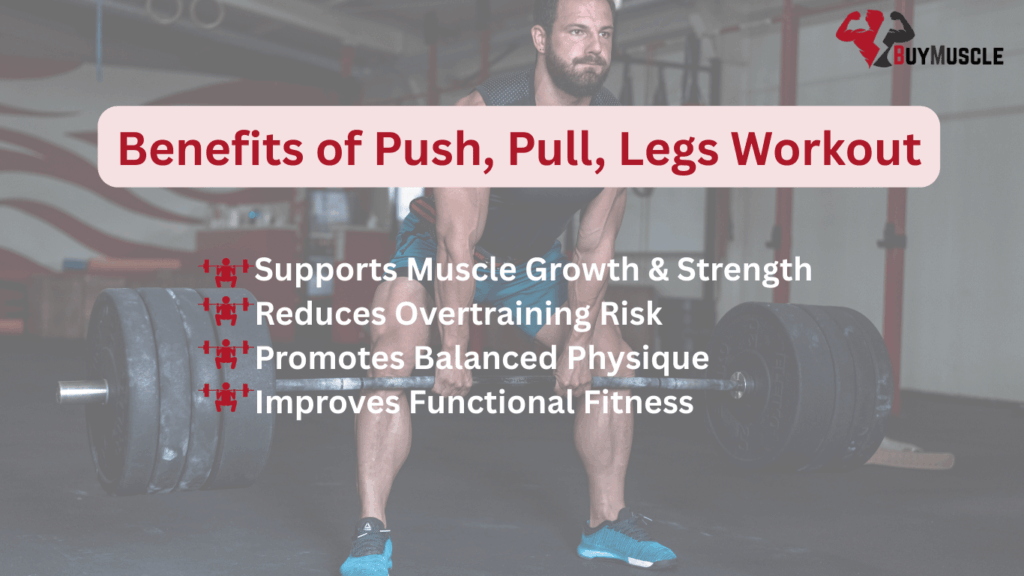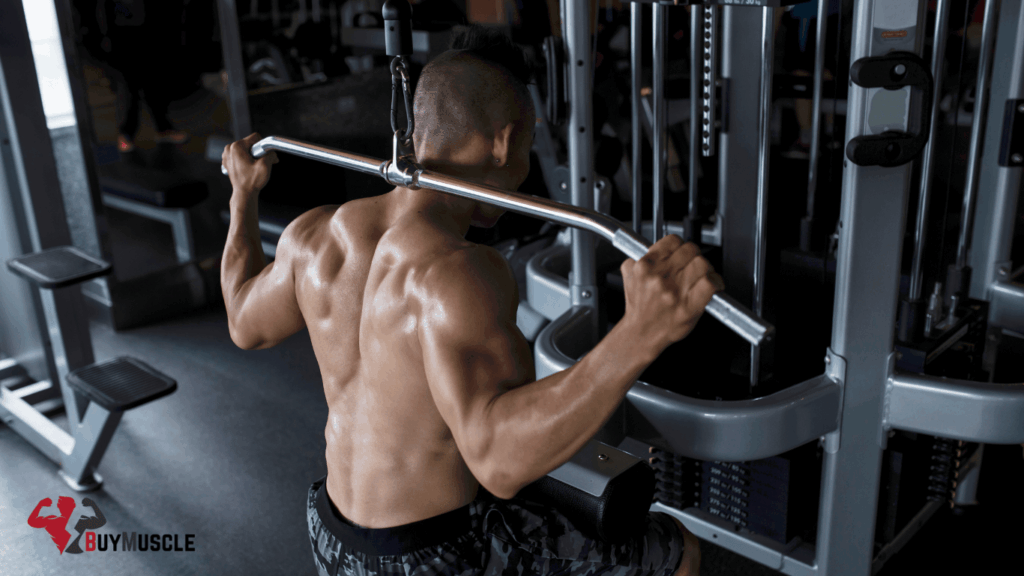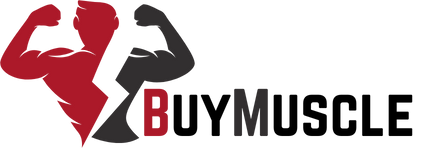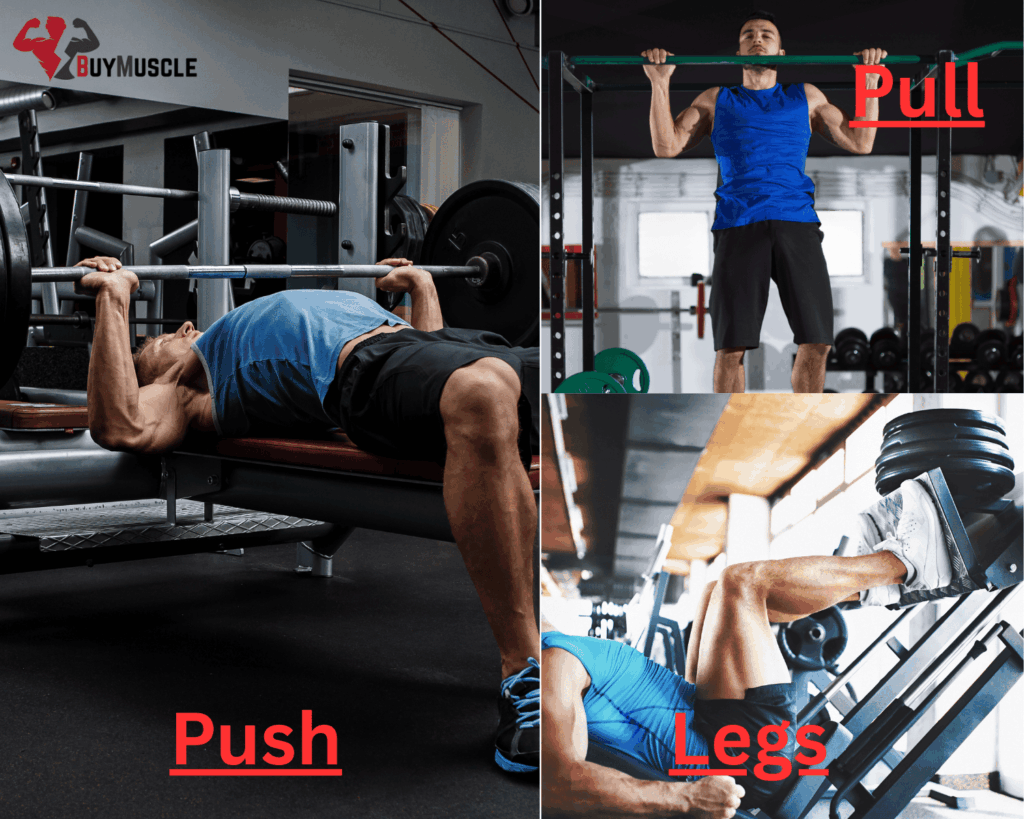Workout splits have long been a staple in resistance training programs, helping athletes and gym-goers structure their routines around specific muscle groups. Among the various formats available, the push-pull legs routine—often abbreviated as PPL—has emerged as one of the most respected and widely followed splits in the fitness world.
But what exactly makes the PPL training plan the greatest of all time? Why has it stood the test of time in a world constantly chasing the newest training trend?
What Is the Push-Pull Legs Routine?
At its core, the push-pull legs routine organizes training by the function of the muscles involved.
On push days, the focus is on the chest, shoulders, and triceps—muscles responsible for pushing movements. Pull days target the back and biceps, engaging muscles used in pulling exercises like rows and curls. The final category is leg day, covering the quads, hamstrings, glutes, and calves through movements like squats and lunges.
The PPL workout split is highly adaptable. A common structure includes either a three-day rotation or a six-day plan that cycles through the sequence twice per week. Trainees can choose to train on a flexible schedule that fits their lifestyle and experience level.
Whether you’re a beginner learning the basics or an advanced lifter chasing new strength goals, this bodybuilding workout split is a framework that meets you where you are and scales with you over time.
Why PPL Is the GOAT of Workout Splits
The benefits of push-pull legs begin with their simplicity. The routine is intuitive and easy to understand, reducing the learning curve for those new to structured training. You know what to train each day and why.
Another advantage is muscle group synergy. By grouping muscles that work together in natural movement patterns, the PPL split allows for more efficient training sessions and better compound exercise performance. Chest and triceps support each other in presses, while the back and biceps complement pulling motions.
Recovery is also a major win. Because each session targets different muscle groups, the routine allows for optimal rest. While your chest recovers from a heavy push day, you can train your legs or back without overlap.
The PPL training plan’s defining trait is its flexibility. Whether you train three times per week or six, the structure remains logical and effective. You don’t lock into a rigid schedule, which makes it a practical choice for athletes, professionals, and busy individuals alike.
Lastly, the routine is incredibly scalable. Beginners can focus on mastering movement patterns and compound lifts, while advanced lifters can increase volume, intensity, or frequency to match their evolving goals.
Benefits of Push-Pull Legs Training

One of the primary advantages of the PPL split is its ability to support both muscle growth and strength gains. By focusing on related muscle groups in each session, trainees can generate enough workload and intensity to drive hypertrophy without excessive fatigue.
This organization also lowers the risk of overtraining. Instead of repeatedly hitting the same muscles with poor recovery, each group receives dedicated attention followed by sufficient rest.
Balanced development is another cornerstone of this plan. Many splits can lead to muscle imbalances if improperly structured, but the PPL format naturally distributes attention across the entire body, leading to more proportional aesthetics and function.
Perhaps most importantly, the plan emphasizes fundamental movement patterns—pressing, pulling, squatting, and hinging. It not only promotes muscle development but enhances mobility, posture, and long-term joint health.
Sample PPL Workout (Beginner to Intermediate)
A practical application of this muscle-building split for a beginner or intermediate lifter may look like this:
- Push Day: Start with the bench press for overall chest strength, move into the overhead press to develop the shoulders, and finish with triceps dips to isolate the arm extensors.
- Pull Day: Begin with pull-ups to train vertical pulling power, follow with barbell rows for thickness in the upper back, and wrap up with bicep curls to isolate the arms.
- Leg Day: Kick off with squats to target the quads and glutes, integrate lunges for unilateral leg strength and balance, and finish with Romanian deadlifts to emphasize the hamstrings and hip hinge movement.
You can perform this rotation once a week or twice in a six-day cycle, allowing for ongoing progression.
How to Customize Your PPL Routine

While the base split is effective, it’s important to tailor your PPL workout split to your unique goals.
Adjust training volume and intensity depending on your objective. For hypertrophy, focus on moderate reps and high volume. For strength, prioritize lower reps and heavier weights.
Choose exercises aligned with your needs. An endurance athlete may swap barbell movements for higher-rep bodyweight work, while a bodybuilder might integrate isolation exercises to fine-tune specific muscles.
You can use additional training days for cardio, mobility, or accessory work. It ensures a well-rounded routine that supports both performance and recovery.
Common Mistakes to Avoid
While the PPL structure is robust, it’s not immune to misuse. One common error is imbalanced exercise selection. For instance, focusing too heavily on pressing movements without enough pulling can lead to muscular imbalances and shoulder issues.
Skipping rest days in a six-day PPL cycle is another mistake. Recovery is essential, and without it, performance and progress will eventually suffer.
A lack of progression—whether in weight, reps, or form—is also detrimental. Tracking your workouts ensures that you’re continually challenging your muscles and moving toward your goals.
Who Should Use the PPL Split?
The push-pull legs routine is ideal for intermediate to advanced lifters who understand proper form and want to follow a structured plan that accommodates their goals.
It’s also a smart option for busy gym-goers who want to make the most of their time while still training effectively.
Athletes seeking to improve muscle balance, strength, and performance across major movement patterns will find it a powerful and flexible tool. However, total beginners may benefit from full-body routines before transitioning into a PPL format, especially if they are training fewer than three times per week.
Frequently Asked Questions
How many days a week should I train using the push-pull legs routine?
You can perform the routine three times per week (one push, one pull, one leg session) or six times per week by repeating the cycle. Depending on your schedule and recovery ability, both formats are effective.
Can beginners use a PPL workout split?
While the PPL split is most effective for intermediate lifters, beginners can use a modified version with basic exercises and lower volume. However, many novices benefit more from full-body training to build foundational strength.
What’s the difference between push-pull legs and other bodybuilding splits?
Traditional bodybuilding splits often isolate muscles by the day (e.g., chest day, arm day), while PPL groups them by movement type. It encourages better recovery and more synergy between exercises.








